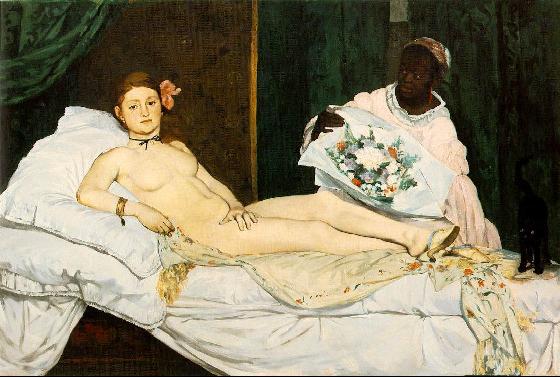Michelangelo’s Finger
ORDAINED ART APPRECIATORS are, in the main, a predictable tribe. Often enough, the freshest and most intellectually satisfying comments on art from outside the expected punditariat. Michelangelo’s Finger: An Exploration of Everyday Transcendence, by Raymond Tallis, is an engaging, erudite excursion into what it means to be human. Tallis, a professor emeritus of geriatric medicine at the University of Manchester and one of Britain’s finest public intellectuals, offers as a guide the human forefinger. He does so with all the wit and eloquence of the poet, novelist and philosopher that he is also. Continue Reading





